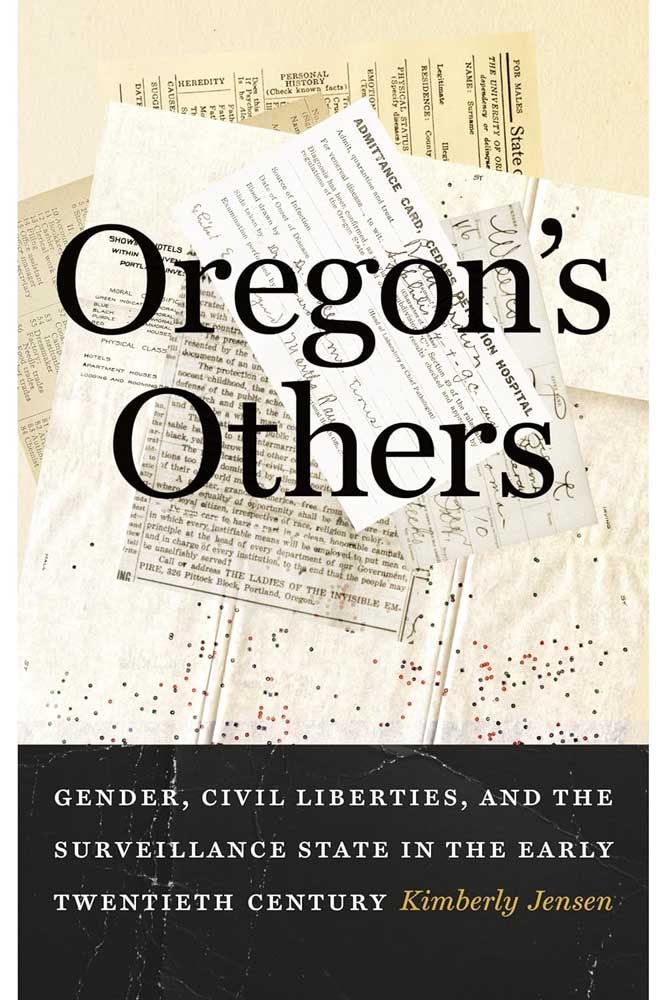Bookmonger: ‘Oregon’s Others’ a century ago
Published 9:00 am Monday, August 19, 2024

- History and gender studies professor Kimberly Jensen’s in-depth new book, “Oregon’s Others,” uncovers the state’s shameful past of exclusionary tactics in the early 20th century.
I’m writing this review one day after watching the televised Paris Olympics closing ceremony, which was filled with images of expansive jubilation.
Trending
It was a welcome, 180-degree antidote to some of the attitudes I had just finished reading about in Kimberly Jensen’s in-depth new book, “Oregon’s Others.”
Jensen is a professor of history and gender studies at Western Oregon University, and in “Oregon’s Others,” she looks into the invasive, exclusionary, and carceral practices the State of Oregon adopted against so many of its own residents in the first quarter of the 20th century.
“Oregon’s Others” by Kimberly Jensen
Trending
University of Washington Press — 348 pp — $30
Those infringements on human rights and liberties were embraced enthusiastically by some, accepted docilely by many, and intrepidly challenged by others.
The early decades of the 20th century were a fluid and often perplexing time of social change. Even as more women were winning the right to vote in the United States, other women were having their citizenship taken away if they married a foreigner.
Or a woman’s personal liberties could be disregarded through state-mandated hospitalization and even sterilization if she was deemed to belong to one of the “defective classes.”
The pseudoscience of eugenics was on the rise — later to be widely discredited (for a generation or two, at least) after being taken to its abhorrent extreme in Nazi Germany.
Even beyond “defective” physical or mental abilities, or religion — race, ethnicity, sexual identity, being born in a foreign country, or holding certain political inclinations — all of the above were markers that government officials and law enforcement used to sort out, exclude or even persecute residents throughout the United States.
And in case after case, Jensen demonstrates that Oregon’s vigorous promotion of such restrictive policies often served as a model for the rest of the nation. “Oregon First” boosterism during World War I fed on a steady diet of identifying and punishing perceived internal enemies — from sex workers to immigrants to socialists, to name just a few.
Surveillance, registration, policing and regulation of people who didn’t conform to a narrow standard of normalcy somehow became conflated with a sense of patriotism.
Sound familiar?
There’s a lot to chew on here — Jensen’s diligent research into this history of how so very many of Oregon’s residents were “othered” (and how some of those people suffered, while others fought back) is reflected in 63 pages of footnotes and a 19-page bibliography!
I’m not going to lie — this is tough subject matter to dive into, but once immersed you may find, as I did, that this is a hard book to put down. As “Oregon’s Others” explores those historic stories of intimidation, fearmongering and sloganeering, the reader will increasingly understand how eerily those resonate with some of what we’ve been living through over the last decade or so.
Indeed, the early decades of the 21st century have been a fluid and often perplexing time of social change. Just as Mark Twain once said, “History doesn’t repeat itself, but it often rhymes.”
In which case, let’s hope we can make humanity humane again.









